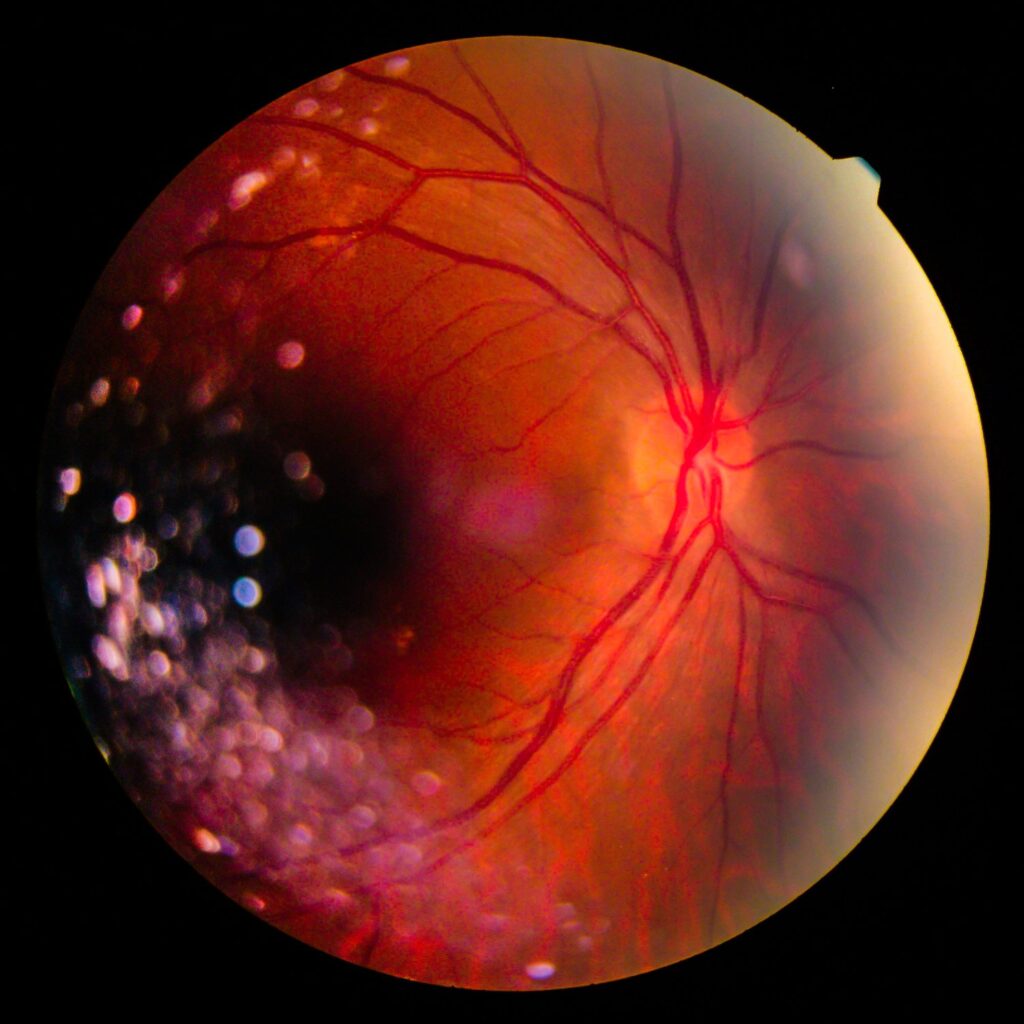The global incidence of retinal diseases has been increasing at an alarming rate. This array of disorders, including the likes of age-related macular degeneration (AMD) and diabetic retinopathy (DR), is rapidly becoming a leading cause of irreversible blindness worldwide.
The current treatment approaches are invasive and come with a slew of side effects, exacerbating the impact of these conditions on patients’ quality of life. Consequently, the pursuit for better, less invasive treatment options has become more critical than ever.
Revolutionizing Ophthalmology with Nanomedicine
Recent strides in the realm of nanomedicine promise a transformative solution to this growing problem. In a pioneering experiment led by Dr. Muna I. Naash at the University of Oklahoma, an innovative solution was crafted to tackle ocular diseases prompted by mutations in the retinal degeneration slow (rds) gene.
This pivotal gene, essential for the health and regeneration of the photoreceptor cells in our eyes, when mutated, can give rise to devastating conditions such as retinitis pigmentosa and adult-onset hereditary macular degeneration.
The innovative approach involved the use of tiny particles, known as nanoparticles, containing a healthy version of the rds gene. The team used a specially designed compound, called a polypex, made from polyethylene glycol to transport these particles. These were then carefully injected into the eyes of mice genetically modified to carry the faulty rds gene.
The result? The photoreceptor cells in the mice’s eyes absorbed the healthy gene, which then began to function within the cells. Not only did the vision of the mice improve, as indicated by an electroretinogram, but a peek under the transmission electron microscope revealed even more good news. The photoreceptor cells looked much healthier 120 days post-injection, providing hope that similar techniques could potentially be used to treat human ocular diseases in the future.
This promising development in gene therapy research could significantly stimulate growth in the global ophthalmic disease therapeutics market.
A report from Fortune Business Insights states the global ophthalmic disease therapeutics market size is projected to grow from $35.57 bn 2023 to $54.87 bn by 2030, with a CARG rate of 6.4%. The report said:
“The focus of research and development activities by various healthcare agencies and market players is shifting toward the development of innovative drug delivery systems.”
What are the challenges?
However, the road to widespread adoption is not without its potential challenges. Regulatory hurdles, high research and development costs, unproven results, and pushback from established vested interests all pose potential impediments to the rapid integration of nanomedicine into the mainstream treatment arsenal.
Despite these challenges, various startups are diving headfirst into the nanomedicine sector. Evox Therapeutics with over $156 million in funding they are leading the way with their unrivalled technology platform, DeliverEX®, which they’ve ingeniously created for altering exosomes, packing them with medications, and guiding their delivery to specific organs.
Evox has triumphantly showcased this ability by directing drug-filled exosomes to hard-to-reach targets, including the central nervous system among other complex tissues.
A spokesperson for Evox Therapeutics said, “Evox’s mission is to positively impact human health by creating novel exosome-based therapeutics for the treatment of rare and severe diseases with limited treatment options for patients and their families.”
Conclusion
Looking forward, as further advancements are made and regulatory bodies become more familiar with the safety and efficacy of nanomedicines, we could see a surge in their use, heralding a new era in ophthalmic disease management. As with any burgeoning field, the potential for future developments is limitless, setting the stage for an exciting journey ahead in the realm of nanomedicine.


